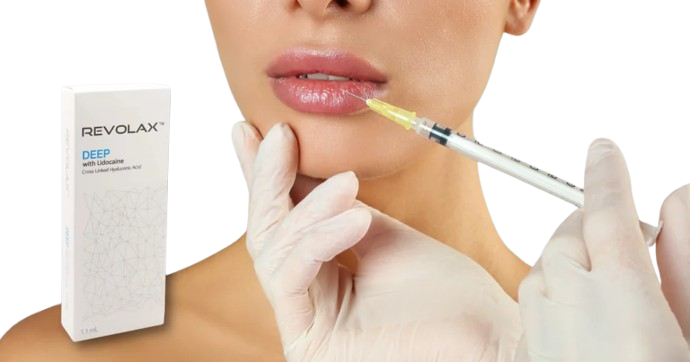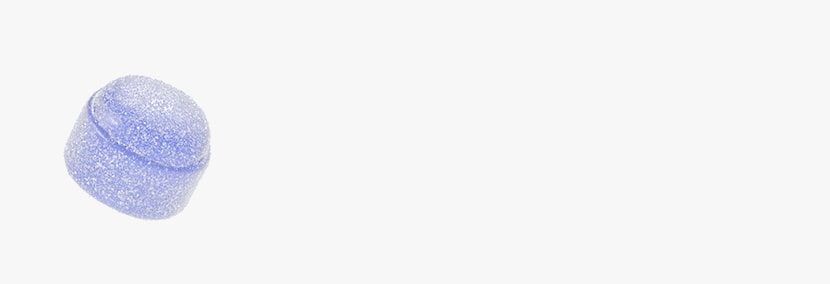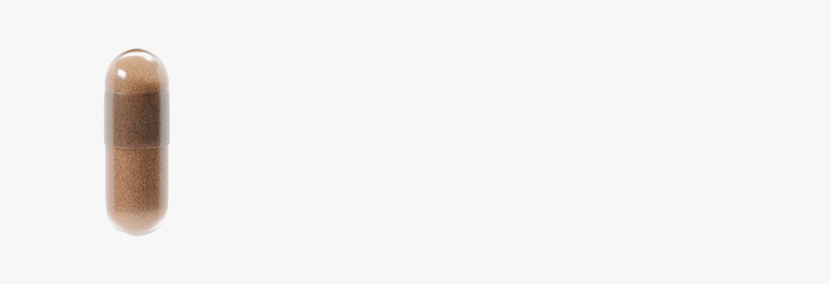Innotox
Innotox Storage Instructions for Medical Professionals
Jul 7, 2025
A recent 2024 study underscores how improper storage can significantly compromise the safety and effectiveness of injectable medications. Even brief exposure to temperatures beyond the recommended range can negatively affect stability, potentially diminishing treatment reliability and patient outcomes.
Innotox, a ready-to-use botulinum toxin product, exemplifies the need for rigorous storage practices. Unlike other injectables requiring reconstitution prior to use, Innotox arrives pre-diluted, making it particularly sensitive to temperature fluctuations. Therefore, meticulous adherence to the manufacturer’s guidelines is essential for preserving its therapeutic efficacy and ensuring patient safety.
In this article, we outline essential Innotox storage instructions for medical professionals, including best practices for temperature control, product handling, and storage duration.
Key Takeaways
- Store Innotox at 2–8°C (36°F to 46°F) to maintain potency. If there are any temperature variations, make sure to document and assess for product viability.
- After opening, Innotox can be used for up to four weeks if kept refrigerated. After this period, dispose of the vial to ensure safety.
- Innotox should be stored in its original packaging and protected from sunlight, fluorescent lighting, and humidity to prevent degradation.
- Ensure a cold chain during shipping and storage to maintain Innotox effectiveness. Use validated thermal containers and monitor temperatures during transport.
- Follow proper stock rotation and avoid using expired products. Always dispose of improperly stored Innotox according to clinical waste regulations.
- Adhering to the manufacturer’s storage guidelines ensures Innotox remains safe and effective, optimizing treatment outcomes and minimizing side effects.
About: Trusted by over 2,000+ global clients since 2014, Maylips has become a leading supplier of cosmetic, skincare, and orthopedic products for medical and aesthetic professionals. Maylips offers a wide range of authentic brand-name products at competitive wholesale prices, sourced from around the world. If you’re looking to buy Innotox online, contact our sales team for guidance.
Storage Temperature Standards for Innotox (2–8 °C)
Proper storage remains essential to maintain product quality and effectiveness. Clinicians must store Innotox at a consistent temperature of 2°C to 8°C (36°F to 46°F). This cold storage range preserves the integrity of the botulinum toxin, preventing degradation.


Although Innotox is a pre-mixed, liquid formulation, a key differentiator from some other botulinum toxin products, it still requires strict refrigeration to remain viable and safe for patient use.
Important Tips for Storage
- Use a medical-grade refrigerator with temperature monitoring capabilities to ensure accuracy.
- Avoid placing Innotox near the freezer compartment to prevent accidental freezing.
- Do not store the product with food or drinks to minimize the risk of contamination.
- Regularly monitor the refrigerator temperature using a data logger or thermometer to ensure compliance with storage standards.
- If the temperature falls outside the 2–8°C range, document and investigate whether the product remains viable for use.
Stability at Room Temperature & Post‑Open Guidelines
While Innotox boasts improved thermal stability compared to some reconstituted botulinum toxins, prolonged exposure to room temperature can degrade the product’s efficacy. Short, brief exposures during administration are acceptable, but it’s vital to avoid extended room-temperature storage.
Post-Opening Recommendations
- Use the vial immediately after opening whenever possible to ensure product effectiveness.
- If the vial is not fully used, follow the manufacturer’s guidelines on multi-dose use and refrigeration requirements.
- Innotox can be stored and used for up to four weeks after opening under refrigeration. However, it should not be reused after this period unless otherwise specified by the manufacturer.
- Label the opened vial with the date and time of first use to track its shelf life accurately.
- Dispose of unused portions per clinical waste regulations and infection control policies to maintain patient safety.
Packaging, Light & Moisture Protection
Innotox packaging uses amber-colored glass vials, which help shield the formulation from light, ensuring it remains effective. Although the amber packaging is standard for light-sensitive pharmaceuticals, the manufacturer’s specific storage guidelines emphasize keeping Innotox away from light sources to prevent degradation, especially UV rays.
While it is used internationally, Innotox FDA approval has not been granted, so following precise storage protocols is especially important when used in regulated clinical settings or trials.
Best Practices for Light and Moisture Protection
- Keep Innotox in its original packaging until ready for use.
- Store away from direct sunlight and fluorescent lighting to minimize exposure.
- Tightly seal the vial cap to prevent moisture ingress.
- Avoid locations near sinks, humidifiers, or areas with high condensation.
Cold Chain, Transport & Expiration Considerations
Maintaining the cold chain throughout transport is crucial to preserve Innotox’s potency. Keep the product’s temperature between 2–8°C during shipping, storage, and handling to ensure it arrives at its destination in optimal condition.
Cold Chain and Transport Checklist


- Use validated thermal shipping containers with temperature indicators to maintain the required range during transport.
- Monitor the temperature throughout transit using digital thermometers or data loggers.
- Upon arrival, immediately refrigerate the product so it is at the appropriate temperature.
Expiration and Inventory Management Tips
- Rotate stock based on the expiration date, using the first-in, first-out method to ensure product quality.
- Never use Innotox past its expiration date, even if it appears viable.
- Regularly audit inventory to ensure proper labeling, storage, and adherence to compliance standards.
Conclusion
Proper storage of Innotox is paramount for maintaining its therapeutic effects and ensuring patient safety. Adhering to the recommended 2–8°C range, avoiding freezing, and minimizing exposure to light and moisture is essential for preserving the potency of the product.
By maintaining strict adherence to the Innotox storage protocols, clinics can safeguard both the formulation’s effectiveness and patient outcomes, reducing waste and ensuring that patients benefit from optimal care.
FAQs
1. Can Innotox be stored in a standard household refrigerator?
It’s not recommended. Use a medical-grade refrigerator to maintain consistent temperature and avoid fluctuations.
2. What happens if Innotox freezes?
Freezing can cause irreversible damage to the active botulinum toxin, rendering the product ineffective or unsafe to use.
3. Can I reuse a vial of Innotox after opening?
Unless otherwise stated in the product labeling, single-use is preferred. If reused, proper refrigeration and timing must be followed.
4. Does Innotox require reconstitution like Botox?
No. Innotox is a ready-to-use, pre-diluted liquid formulation, making storage and application more straightforward.
5. How long can Innotox stay out of the refrigerator?
Only for short periods during preparation or injection. Prolonged exposure to room temperature should be avoided.
6. Can I transport Innotox with ice packs?
Yes, but use validated cold chain packaging with temperature control to avoid freezing or overheating.
7. Where should I store the unused stock of Innotox?
Keep unused vials in their original box inside a medical refrigerator, away from light, heat, and moisture.
Talk with our sales representative.
Book a Meeting
References
Provenzani A, Di Maria S. Medication stability: from pharmacies to patients’ homes—is consistent storage achievable? European Journal of Hospital Pharmacy. Published online October 10, 2024:ejhpharm-004365. doi:10.1136/ejhpharm-2024-004365
Nigam P, Nigam A. Botulinum toxin. Indian Journal of Dermatology. 2010;55(1):8. doi:10.4103/0019-5154.60343





